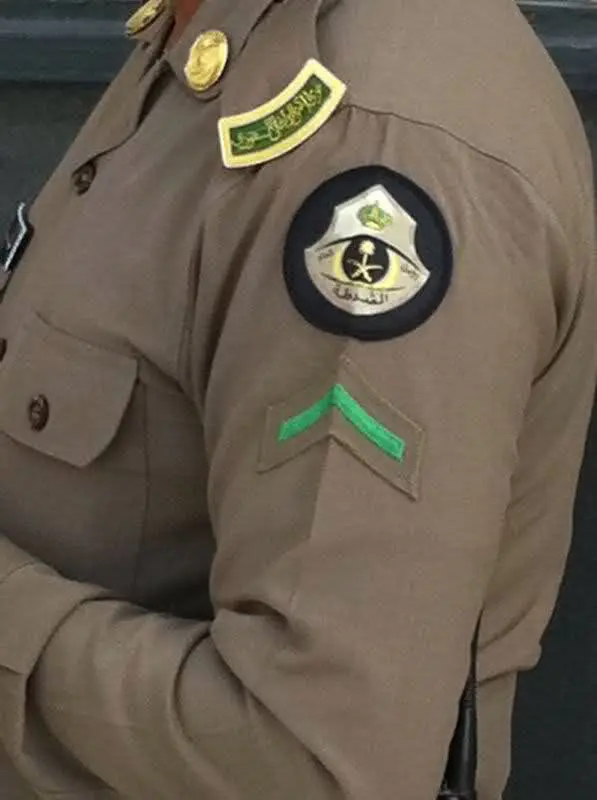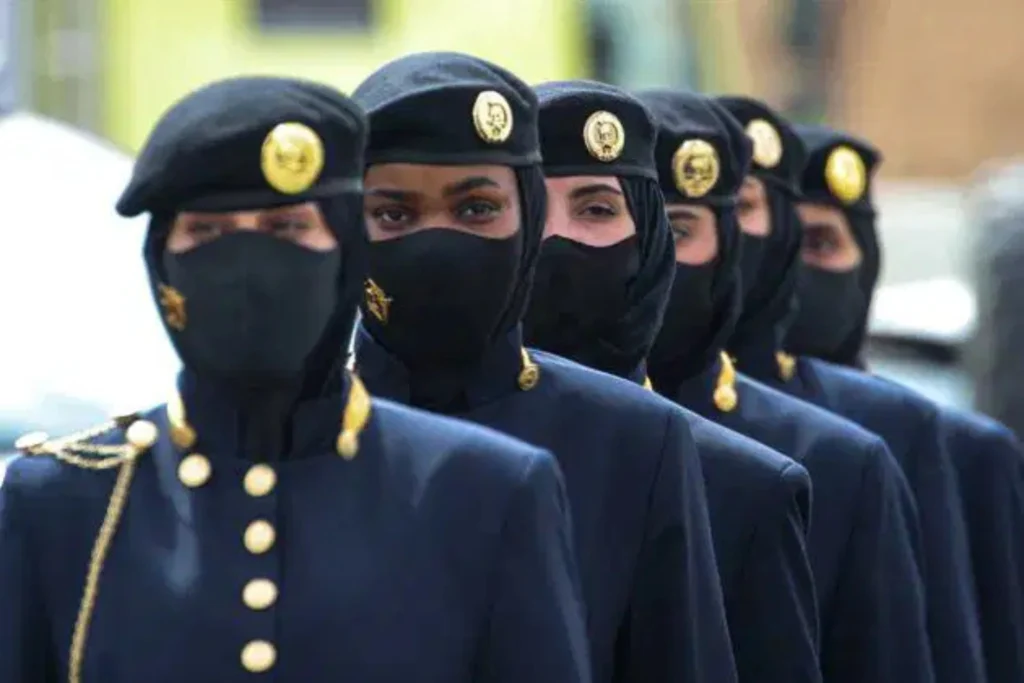Saudi Arabia’s police force is known for its distinctive uniform, which features a prominent one-eye symbol. This unique emblem has long been a source of curiosity and speculation among observers both within the Kingdom and internationally. However, the true meaning and symbolism behind this design choice is deeply rooted in Islamic tradition and the values that guide Saudi law enforcement.
The One-Eye of Vigilance and Divine Protection
A close examination of Islamic teachings reveals the spiritual significance of the one-eye motif. The article you initially shared referenced a hadith (saying of the Prophet Muhammad) that describes two eyes which will be spared from the fires of hell – “an eye that wept from the fear of Allah, and an eye that spent the night standing on guard in the cause of Allah.” This powerful hadith suggests that the one-eye symbol represents the unwavering vigilance and devotion of Saudi police officers in fulfilling their duty to protect the public.

Beyond this, the one-eye is also seen as a symbol of divine protection. In Islamic tradition, the “evil eye” is a concept of malicious envy or glances that can bring harm. The single eye of the police uniform is believed to ward off such negative forces, shielding both the officers and the citizens they serve. This connects to the broader Islamic principle of justice and safeguarding the community.
Equality, Impartiality, and Omniscience
Another interpretation of the one-eye symbol is that it represents the impartial, all-seeing nature of the Saudi police force. By depicting a single, unblinking eye, the uniform conveys the idea that all people are viewed equally under the law, with no favoritism or bias. This aligns with the Saudi justice system’s emphasis on fairness and the upholding of the law without distinction.
Some have also suggested that the one-eye design evokes a sense of omniscience – the police are ever-watchful, their gaze encompassing the entire community. This symbolism reinforces the notion that crime and disorder cannot be hidden from the vigilant eye of the authorities, further deterring unlawful behavior.
The Diverse Roles of Saudi Arabia’s Police Force

Beyond the symbolic significance of the one-eye, it is important to recognize the diverse responsibilities and specialized units that make up Saudi Arabia’s police force. While the general “Mutawwa’in” (religious police) are the most publicly visible, there are actually eight distinct types of law enforcement personnel in the Kingdom:
- General Security Forces (Al-Amn Al-Aam): The primary law enforcement agency responsible for maintaining public order and safety.
- Traffic Police (Muroor): Dedicated to enforcing traffic laws and regulations, ensuring the smooth flow of vehicles.
- Criminal Investigation Department (Al-Mabahith Al-Jina’iyyah): Tasked with investigating crimes and gathering evidence.
- Special Security Forces (Al-Quwwat Al-Khassah): An elite unit trained in counterterrorism and high-risk operations.
- Border Guards (Haris Al-Hudud): Responsible for securing Saudi Arabia’s land and maritime borders.
- Hajj and Umrah Police (Shurtat Al-Hajj Wa Al-‘Umrah): Providing security and crowd control during the annual Islamic pilgrimages.
- Royal Guard (Al-Haras Al-Malaki): Protecting the Saudi royal family and key government officials.
- Mutawwa’in (Committee for the Promotion of Virtue and the Prevention of Vice): The religious police, enforcing adherence to Islamic moral codes.
This diverse array of specialized police units underscores the multifaceted role of law enforcement in Saudi Arabia, encompassing not only maintaining public safety but also safeguarding the nation’s religious and cultural heritage.
Conclusion
In conclusion, the one-eye symbol on the Saudi police uniform is far more than just a visual design. It is a powerful representation of the values, traditions, and responsibilities that guide the Kingdom’s law enforcement agencies. By understanding the deep-rooted significance of this emblem, we can gain insight into the guiding principles and priorities of policing in Saudi Arabia.


